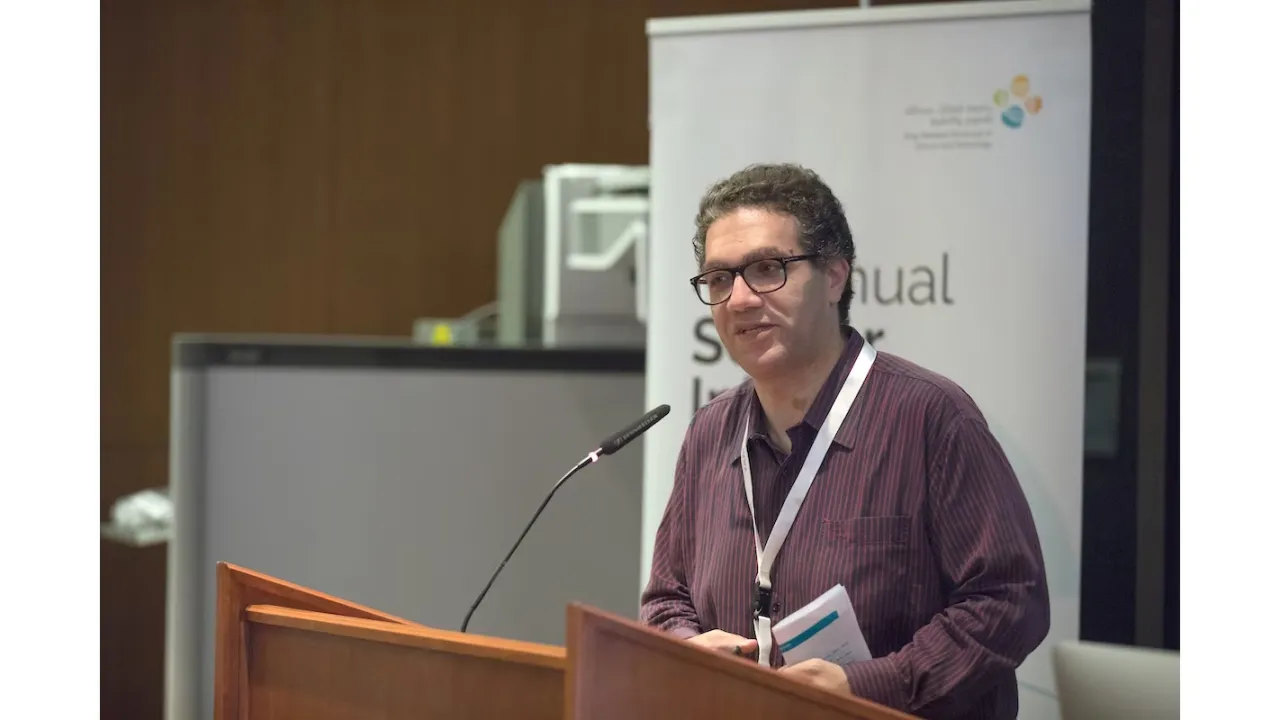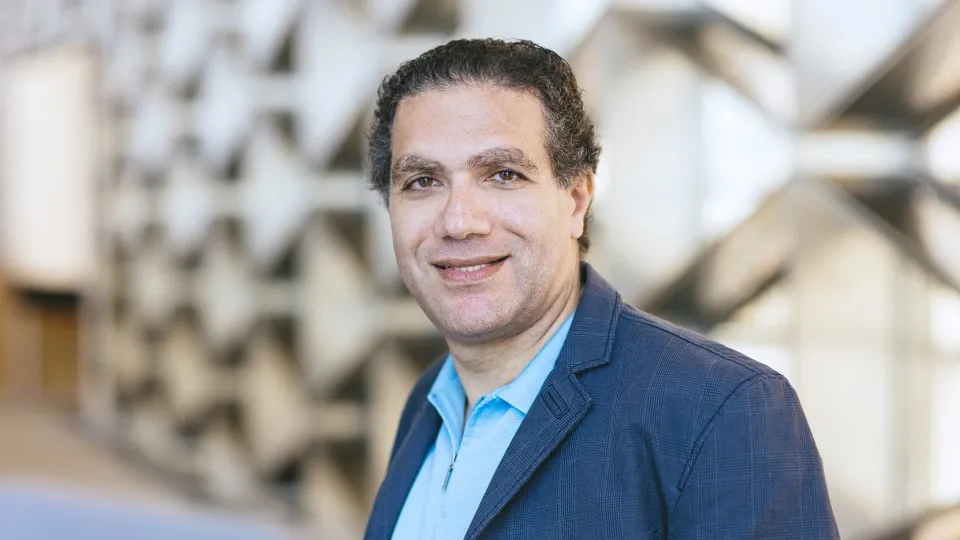
Three new patents for Professor Khaled Salama and the Sensors Lab Team
With the latest project on Digital Chaos Systems, KAUST's Associate Professor of Electrical Engineering Khaled Salama and the Sensors-Lab's team (http://sensors.kaust.edu.sa/research/current/digital-chaos-systems) secured stunning achievements and three key patents, opening new frontiers for cybersecurity, cryptography, and electronic devices.
About
With the latest project on Digital Chaos Systems, KAUST's Associate Professor of Electrical Engineering Khaled Salama and the Sensors-Lab's team (http://sensors.kaust.edu.sa/research/current/digital-chaos-systems) secured stunning achievements and three key patents, opening new frontiers for cybersecurity, cryptography, and electronic devices.
"It is a true success story and we are working on further developments to enhance performances and versatility in a vast range of consumer electronic devices for our daily lives," Salama said.
Salama's first patent (US patent 9,304,740) bypasses the limitations of analogic circuits usually employed in chaotic based digital communication systems and random number generation proposing a post-processing technique for enhancing the pseudorandomness of digital chaotic oscillators through a nonlinear XOR-based operation with rotation feedback.
In the second patent (US patent 9,305,706), Salama and his team developed the first compact microscale fractional capacitor that can be assembled into printed circuit boards. The new capacitor promises to be a breakthrough extending electronic devices versatility.
The third patent (US patent 9,306,450) was produced by Professor Salama by joining forces with the American University of Cairo. The innovative technology - a new high voltage charge pump - can be applied to commercial products such as printers, transportation sensors, and computer displays.
So far, Professor Salama has been successfully granted 11 US patents (http://sensors.kaust.edu.sa/publications/patents) and authored 90 scientific articles in top-level journals.
